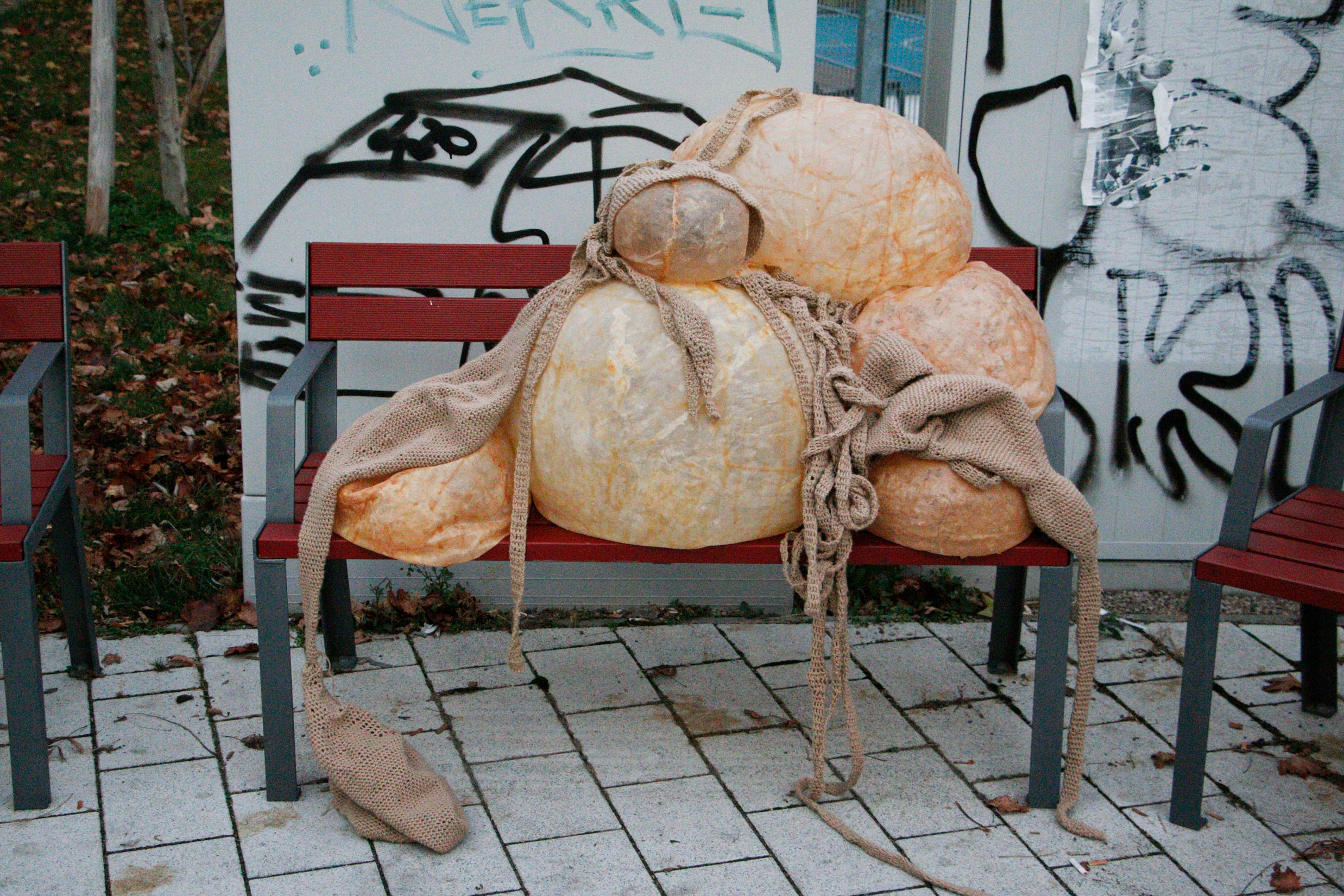
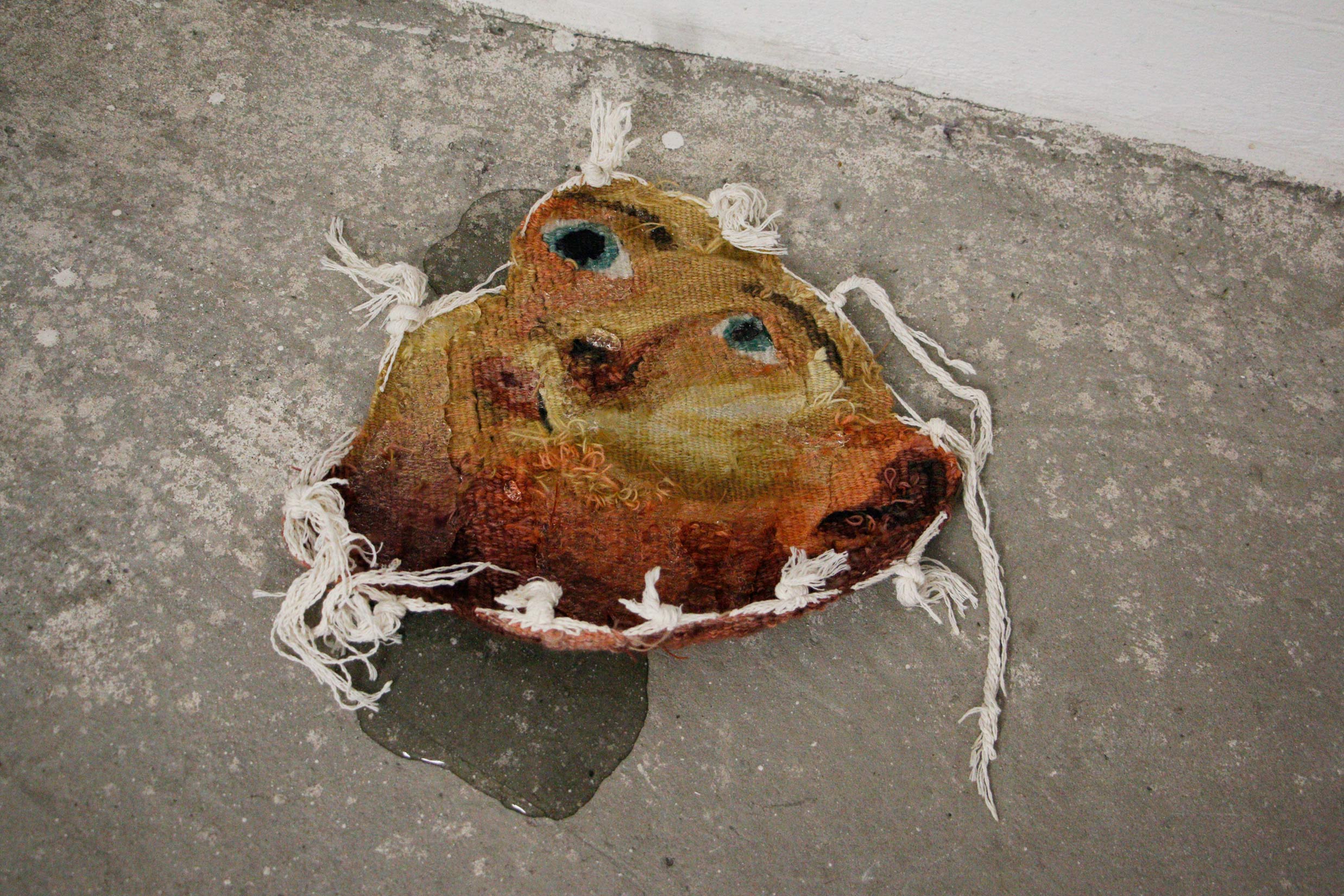
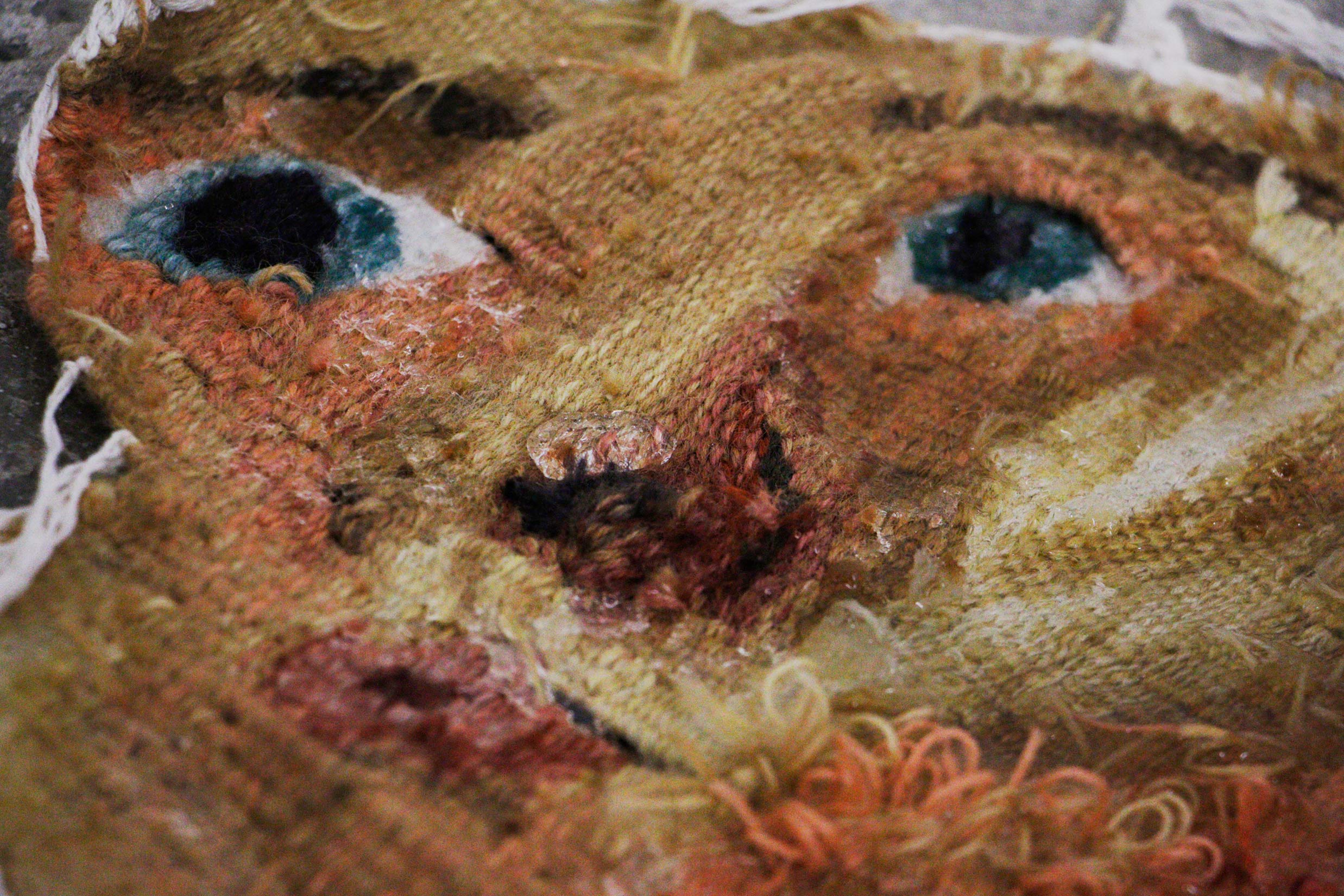
BLOATED HOLLOWNESS,
Oh Luftikus
by Ida Zahradnik
Vienna, Austria
This text and the artwork is a short story of the observations I had recently which I want to share.
I am standing in a crowd of people. They talk all at once, try to listen but only interrupt each other again and again. Everyone is licking ice cream. I can't follow what is being said, everything at once and yet nothing. In the next street a crowd of protesters overtake me, they refuse the obligatory measures of the government. Do I have anything to do with this? Do we question or do we follow the talk? Can we “digest” or do we just eat? Getting tired is easy, feeling hollow is dangerous.
Hannah Arendt formulates some intriguing thoughts about an active and passive life in her work “The Human Condition.” Additionally, Erich Fromm summarized in a lecture for the South German Broadcasting Stuttgart in 1976 that passive people are consuming people who try to fill an experienced emptiness in a simple way instead of pursuing this feeling and recognizing problems that would be possible to solve. Problems that are not given space for reflection either creep quietly into the body or, dissolving slowly, leave an inexplicable emptiness behind. This emptiness leads to discomfort and is expressed in anger and sadness, without wanting to understand them more precisely, underlying causes are ignored and remain uncertain.
This sculpture installation is about the human state and its transformation into something unknown, developed out of today’s culture and human habits. It addresses the overburdening of different parts of our lives: emotions, consumption, understanding, the digestion of information and daily news, and our relationship with the human environment.
The first component is a tapestry called “Luftikus” and represents the overwhelmed state of a person lying in his own fear varnish, which can take an active plastic form through the swelling of damp wool. It’s placed somewhere in a transit space. The second component presented in the public space are volatile membranes of natural latex, called bubbles, and coarse-mesh crochet wool, which is insulating but unstable and slowly deflates. Crochet wool plays the role of a permeable membrane of the digestive organism (crochet technique was often used in girls' education to instill passivity), which ultimately digests only air.
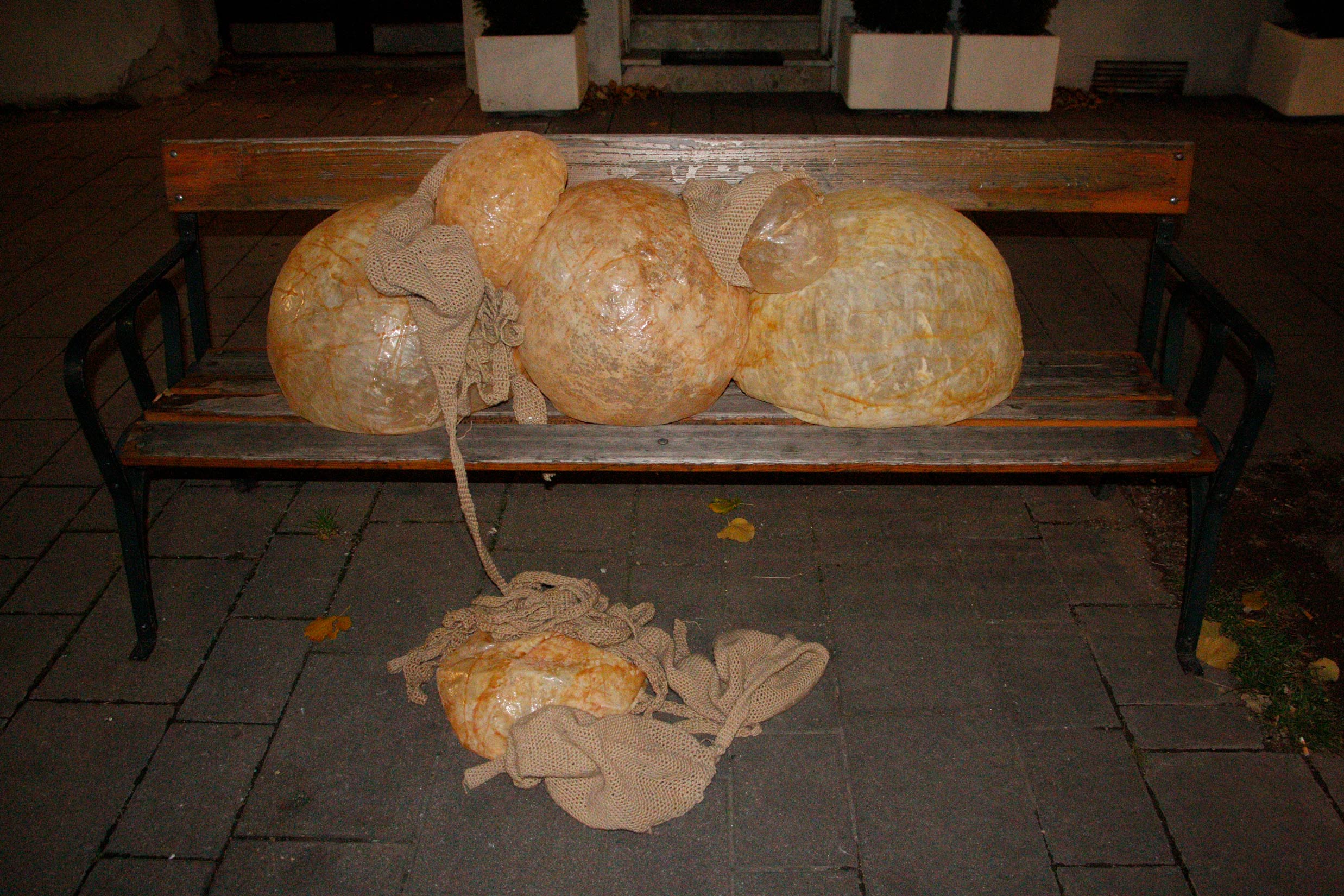
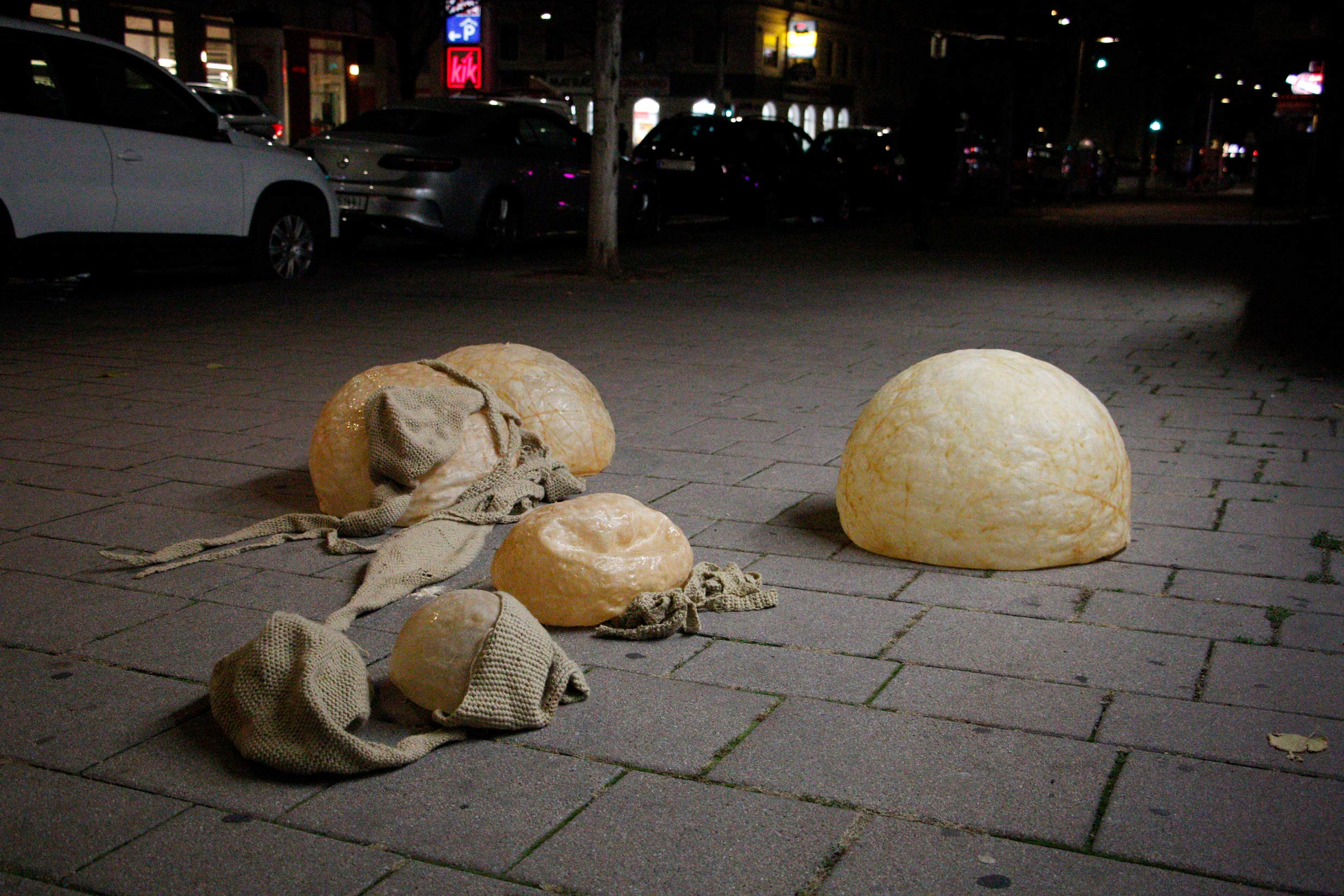
Ida Zahradnik (*1997 in Vienna) studies landscape planning and fine arts in Vienna. Currently studying site-specific art, she seeks to create close relationship of her artistic work to its physical and social spatial environment and creates installative and performative sculptures. Increasingly, the material components textile and latex play an essential role in her projects. In her artistic explorations, she questions fair consumption in a holistic sense and the associated resource politics. Follow her on Instagram.
